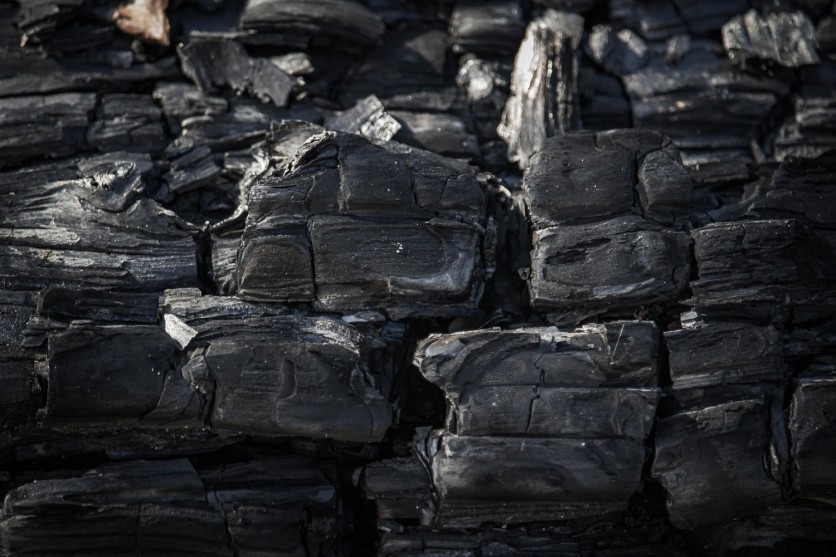A group of engineers at the Massachusetts Institute of Technology (MIT) has used two ancient materials, cement and carbon black, to create a new energy storage system.
The innovative technology, called a supercapacitor, could significantly advance the integration of renewable energy sources like solar, wind, and tidal power into our daily lives, MIT News reported.

All About Supercapacitors
Supercapacitors are a form of capacitors, which are simple devices comprising two electrically conductive plates immersed in an electrolyte and separated by a membrane.
When a voltage is applied, the plates of the supercapacitor accumulate charged ions, creating an electric field. Unlike traditional batteries, supercapacitors can store more energy than ordinary capacitors due to the total surface area of their conductive plates.
The MIT engineers developed a cement-based material with an extraordinary internal surface area. This was made possible by incorporating carbon black, a highly conductive material resembling fine charcoal, into a concrete mixture, with cement powder and water.
As the mixture cured, the carbon formed wire-like structures within the cement, resulting in fractal-like formations that significantly increased the material's surface area within a relatively small volume. According to the team, this unique characteristic makes it an ideal candidate for energy storage applications.
This novel material can potentially store electrical energy as an alternative to conventional batteries. For example, the supercapacitor could be seamlessly integrated into a house's concrete foundation, effectively storing a full day's energy at minimal cost while providing the necessary structural strength.
The potential impact of this technology on renewable energy adoption is enormous. The key renewable energy sources - wind, solar, and tidal power - produce power intermittently, and energy storage solutions are essential to stabilize energy networks.
Supercapacitors offer an attractive alternative to traditional batteries that rely on limited resources like lithium, which can be costly. The team calculated that a 45-cubic-meter block of nanocarbon-black-doped concrete could store about 10 kilowatt-hours of energy, equivalent to a household's average daily electricity usage.
This energy storage capacity, combined with the concrete's structural strength, presents an opportunity to store renewable energy efficiently and affordably.
Beyond Powering Homes
While still in the early stages of development, the researchers demonstrated the principle by creating small supercapacitors capable of charging LED lights. They plan to build larger versions, scaling up to a size capable of storing power for an entire house.
The potential applications of carbon-cement supercapacitors go beyond powering homes. The technology could be used for concrete roadways that store solar energy alongside the road and supply it to electric vehicles as they travel, similar to wirelessly rechargeable phones.
The researchers see great promise in the scalability of the system. Adjusting the mixture allows the energy-storage capacity to be tailored to different applications.
For instance, fast-charging and discharging rates would be needed for vehicle-charging roads, while slower-charging material could be used for home energy storage.
MIT's innovative use of ancient materials may significantly contribute to the world's transition to renewable energy sources, as solar, wind, and tidal power continue to play a crucial role in the global energy landscape.
The team's findings were published in the journal Proceedings of the National Academy of Sciences.
Related Article : MIT's Superabsorbent Hydrogel: Transforming Desert Air Into Water

ⓒ 2025 TECHTIMES.com All rights reserved. Do not reproduce without permission.




